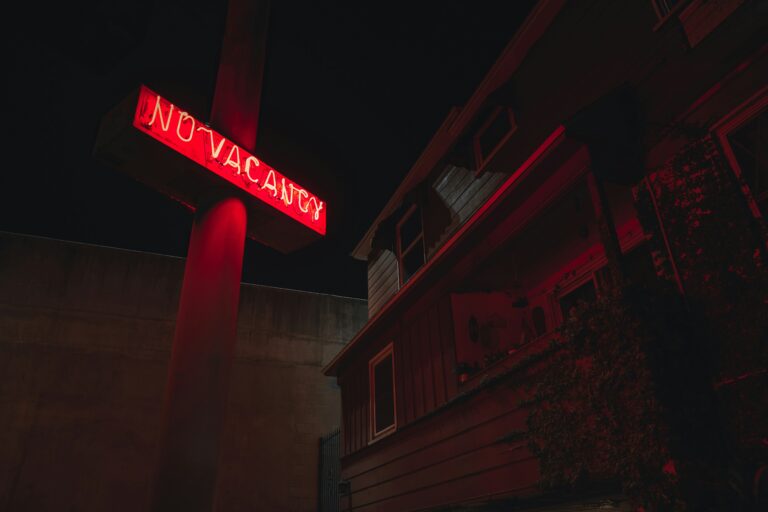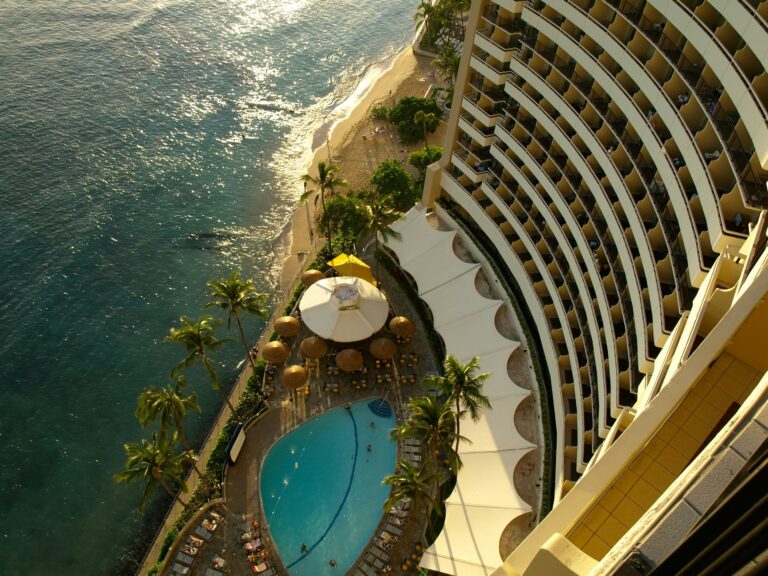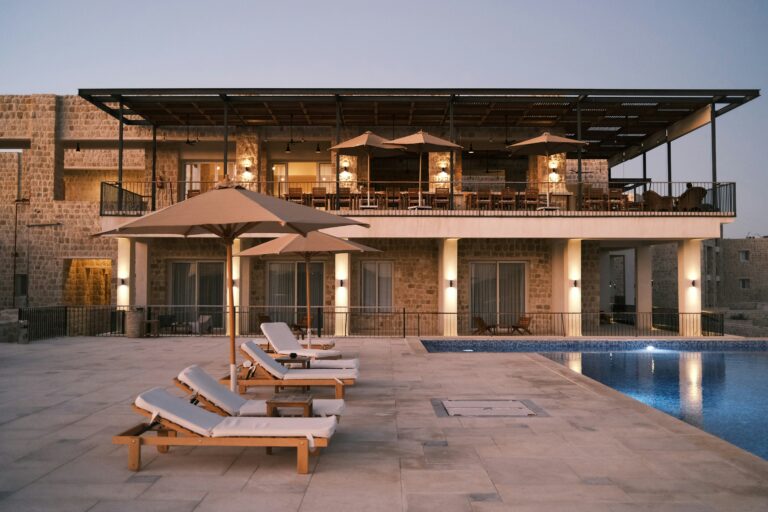The hotel industry is evolving faster than ever, and dynamic pricing strategies are at the forefront of helping hoteliers optimise revenue. In simple terms, dynamic pricing strategies adjust room rates based on real-time demand, allowing hotels to make the most of every booking. Think of it like adjusting the price of an airline ticket based on how many seats are left—except here, it’s about finding that perfect room rate to suit each unique day.
Whether it’s setting different prices for weekends, holidays, or quieter mid-week days, these strategies let hotels offer the best rate at the right time. This not only keeps hotels competitive but also maximises profits.
What is a Dynamic Pricing Strategy and How Does It Work?
Hotel dynamic pricing is no longer just a trend; it’s fast becoming the norm in hospitality. But what is a dynamic pricing strategy, exactly? Simply put, it’s a way for hotels to adjust rates based on demand, using real-time data to make the best pricing decisions. A dynamic pricing strategy is part of revenue management, where the aim is to optimise rates, ensuring hotels meet market needs effectively.
One dynamic pricing example is lowering rates on slower nights to attract more guests, or raising rates when demand is high, like during peak season. In both cases, dynamic pricing strategies help hotels capitalise on demand while staying attractive to potential guests. These strategies work alongside traditional revenue management by using occupancy data to adjust prices. With hotel dynamic pricing, you can always offer a competitive rate without leaving money on the table.
Understanding the Benefits of Dynamic Pricing for Hotels
Dynamic pricing is an essential tool for hoteliers looking to keep up with the market. By setting competitive prices during busy times and lowering them when demand drops, hotels can increase profitability. The best part? Dynamic pricing strategies make pricing easy by automating rate changes, meaning hotels don’t have to make manual adjustments.
Examples of dynamic pricing are everywhere. Think of retail sales—prices go up during high demand seasons like Christmas, and drop afterwards. Similarly, in hotels, you might increase room rates during local events or lower them mid-week when demand tends to drop. With a solid dynamic pricing strategy, hotels can increase their chances of profitability throughout the year. In short, hotel dynamic pricing makes it easier to offer the right rate at the right time, ensuring rates stay competitive without overcomplicating things.
How Does Surge Pricing Work?
Surge pricing is a familiar concept in industries like ridesharing, but it’s just as valuable in hospitality. In short, surge pricing sets higher rates when demand is high, like during busy seasons or major local events. By applying surge pricing as part of your dynamic pricing strategy, you can maximise income during peak demand with minimal adjustments.
For example, imagine a city-wide festival or convention where accommodation is in high demand. Surge pricing lets you raise rates to meet this demand, ensuring that your prices reflect the true value of your rooms at peak times. By adopting surge pricing, you not only stay in line with market trends but also make the most of high-demand periods.
Last-Minute Pricing: The Power of Filling Rooms
Last-minute pricing is another dynamic pricing strategy that can boost revenue, especially when rooms are unfilled close to check-in dates. Rather than leaving rooms empty, hotels can offer discounted rates to attract last-minute bookings. This approach works well for guests who are flexible and looking for spontaneous stays.
For example, if your hotel has unsold rooms on a Monday night, offering a special rate for last-minute guests can turn an empty room into revenue. It’s all about striking a balance—offering just enough of a discount to attract guests without undercutting your typical rates.
Last-minute pricing also appeals to mobile users. Since many last-minute bookings happen on smartphones, offering these deals on mobile apps can reach more guests and increase occupancy, even during typically slow times.
Examples of Dynamic Pricing Strategies for Hotels
Here are four dynamic pricing strategy examples to illustrate how hotels can adjust prices based on different factors:
- Weekend vs. Weekday Rates: Many hotels offer higher rates on weekends, when demand is high, and lower rates mid-week to attract more bookings. This dynamic pricing strategy maximises weekend profits while filling rooms during quieter periods.
- Event-Based Pricing: For events like concerts, conferences, or local festivals, surge pricing can come into play. When demand is likely to spike, hotels can raise rates to align with the higher demand, ensuring that their rooms are priced accordingly.
- Seasonal Adjustments: Adjusting rates based on seasonality is another effective dynamic pricing strategy. For example, beachside hotels can charge more in summer than in winter, while ski resorts might do the reverse.
- Booking Patterns: Some hotels set prices based on booking patterns, such as last-minute discounts for unsold rooms or advance booking incentives for early planners. Offering discounts to early bookers encourages them to secure rooms in advance, ensuring occupancy.
Each of these examples of dynamic pricing allows hotels to adapt their rates to market conditions, making the most of peak times and filling rooms when demand is lower.
Implementing Effective Hotel Dynamic Pricing Strategies
Want to use dynamic pricing to its fullest? Here are a few tips for implementing a solid dynamic pricing strategy for your hotel:
- Know Your Competition: Start by analysing competitor rates, especially those from hotels with similar amenities and locations. If another hotel in the area raises rates by £50 during peak season, you might want to adjust your rates accordingly.
- Use Data to Guide Decisions: A successful dynamic pricing strategy is built on reliable data. Analysing factors like occupancy trends, booking patterns, and local events can help you make informed pricing decisions. Real-time data tools make this even easier.
- Adjust with Purpose: Don’t “set it and forget it.” Successful hotel dynamic pricing requires regular adjustments, especially during high-demand times or special events. Monitoring and tweaking your rates keeps them competitive while attracting more guests.
The Right Tool for Hotel Dynamic Pricing
To really make the most of dynamic pricing, having the right software is key. The best hotel dynamic pricing tools integrate directly with your property management software and booking engine, making it easy to stay competitive without the manual hassle.
Consider Preno’s dynamic pricing tool, designed specifically for the hospitality industry. It offers customised pricing rules, occupancy monitoring, and automated adjustments for up to 720 days into the future. With Preno, you can set a strategy and let the software handle real-time updates, saving time and keeping your hotel profitable year-round.
Want to try out dynamic pricing for yourself? Preno offers a 7-day free trial so you can explore these features and see how it can benefit your property’s revenue. Adopting the right tool can make a huge difference, keeping your hotel profitable and competitive throughout the year.
Ready to explore more articles about dynamic pricing strategies? Check out these:





